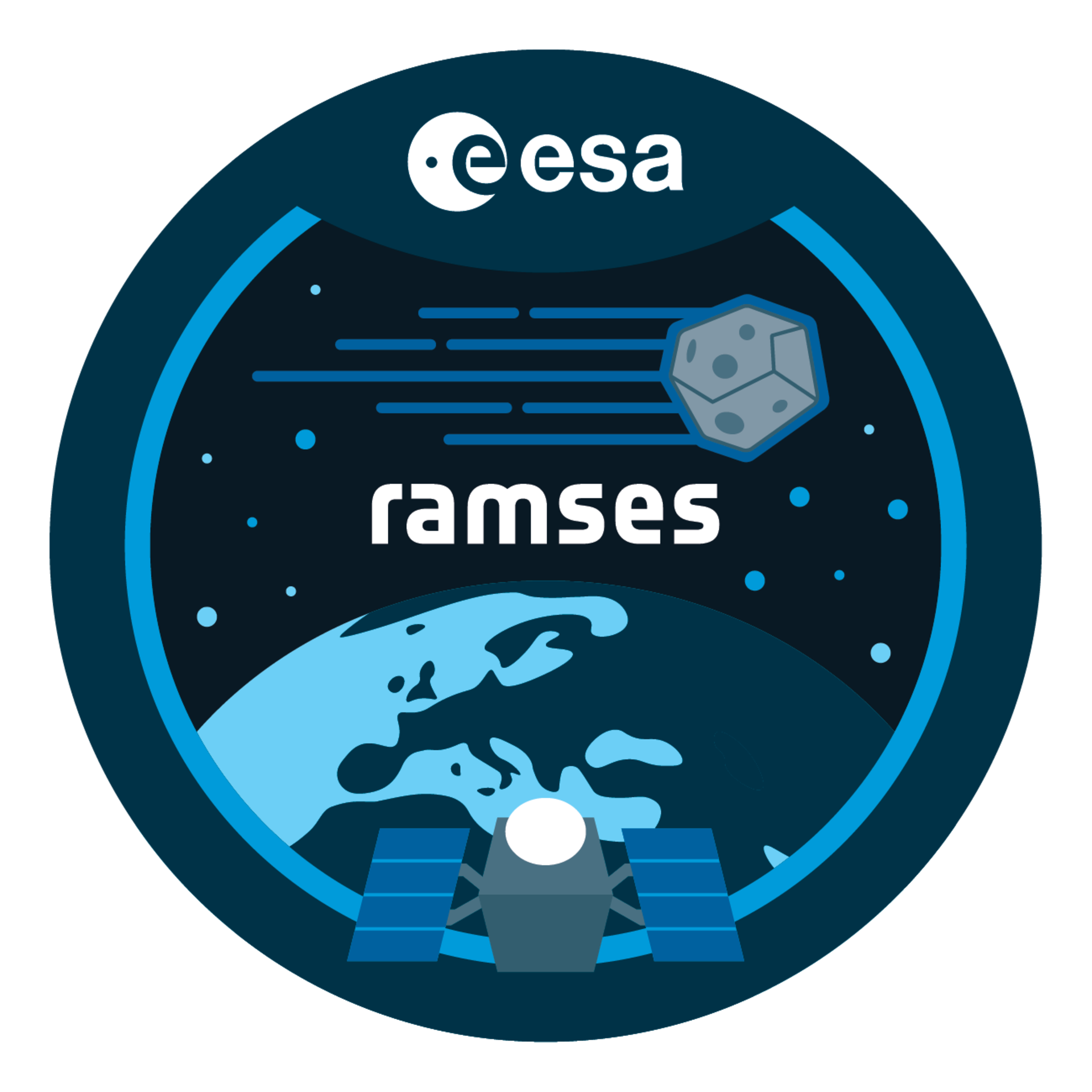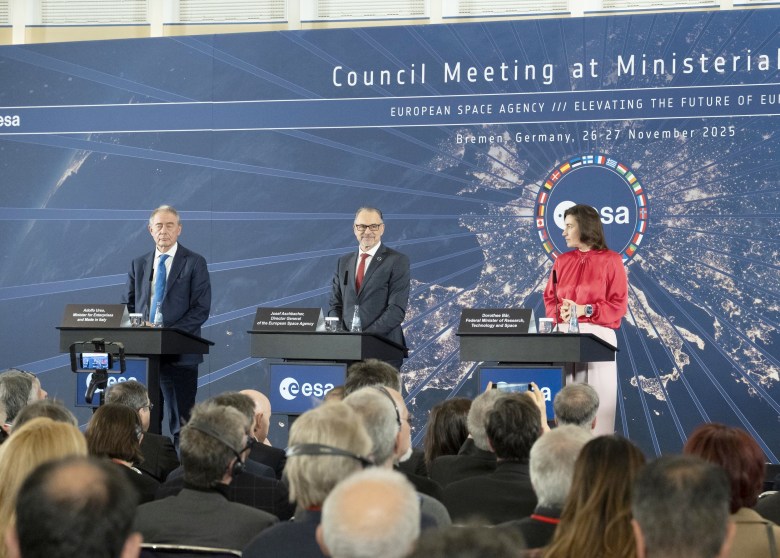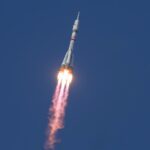Now Reading: Second CubeSat joins ESA’s Ramses mission to asteroid Apophis
-
01
Second CubeSat joins ESA’s Ramses mission to asteroid Apophis
Second CubeSat joins ESA’s Ramses mission to asteroid Apophis


20/05/2025
238 views
9 likes
On 13 April 2029, the 375 m asteroid Apophis will make a safe but exceptionally close flyby of Earth. ESA is preparing the Ramses mission, which, if fully supported at the Agency’s Ministerial Council meeting in November this year, will launch in 2028, rendezvous with the asteroid, and accompany it through the flyby.
Ramses will use a suite of scientific instruments on the main spacecraft and two smaller CubeSats that will be deployed at Apophis to conduct a thorough before-and-after survey of the asteroid’s shape, surface structure, cohesion, orbit, rotation and more.
Earth’s gravity will induce tidal forces in the asteroid that are likely to alter some of these properties during the flyby. By analysing these changes, Ramses will help scientists learn more about how an asteroid responds to external forces. This is important knowledge for assessing how best to deflect a hazardous asteroid if we discover one on a collision course with Earth in the future.
Ramses’ first CubeSat, announced in March, will conduct radar sounding to learn more about the interior structure of Apophis and analyse its surrounding dust environment.
The second CubeSat, led by Emxys, will be deployed from the main spacecraft just a few kilometres from Apophis. It will study the asteroid’s shape and geological properties and will carry out an autonomous approach manoeuvre before attempting to land on the surface. If the landing is successful, it will also measure the asteroid’s seismic activity.
“Landing on an asteroid is very challenging,” says Ramses Project Manager Paolo Martino. “The irregular shape and surface properties make it difficult to identify a stable landing site, while the very weak gravity makes it hard to stay on the surface without bouncing off and drifting away.”
“But the opportunity to study Apophis from the surface during this rare natural phenomenon is very exciting and scientifically valuable. Ramses’ CubeSats will attempt higher risk, high reward activities that the main spacecraft cannot, such as a landing. In doing so, they will help us maximise the mission’s scientific return, which is crucial, as an asteroid this large is thought to pass so close to Earth only once every few thousand years.”
“This project marks a milestone for our company,” said José A. Carrasco, CEO of Emxys. “To contribute to a mission that will monitor one of Earth’s closest encounters with a large asteroid represents the highest level of scientific and technological challenge. We are proud to bring our capabilities to Europe’s planetary defence efforts.”
Joining Emxys in the European consortium developing the CubeSat are GomSpace (Denmark), GMV (Spain), ISAE-SUPAERO (France), and the Royal Observatory of Belgium. Emxys contributed to the GRASS gravimeter on the Juventas CubeSat carried by ESA’s Hera mission, which is currently en route to the Didymos binary asteroid system to study the aftermath of humankind’s first attempt at asteroid deflection.
Stay Informed With the Latest & Most Important News
Previous Post
Next Post
-
 012024 in Review: Highlights from NASA in Silicon Valley
012024 in Review: Highlights from NASA in Silicon Valley -
 02Panasonic Leica Summilux DG 15mm f/1.7 ASPH review
02Panasonic Leica Summilux DG 15mm f/1.7 ASPH review -
 03How New NASA, India Earth Satellite NISAR Will See Earth
03How New NASA, India Earth Satellite NISAR Will See Earth -
 04And Thus Begins A New Year For Life On Earth
04And Thus Begins A New Year For Life On Earth -
 05Astronomy Activation Ambassadors: A New Era
05Astronomy Activation Ambassadors: A New Era -
06SpaceX launch surge helps set new global launch record in 2024
-
 07Space Force plans new ‘Futures Command’ amid pressure to speed up modernization
07Space Force plans new ‘Futures Command’ amid pressure to speed up modernization




















